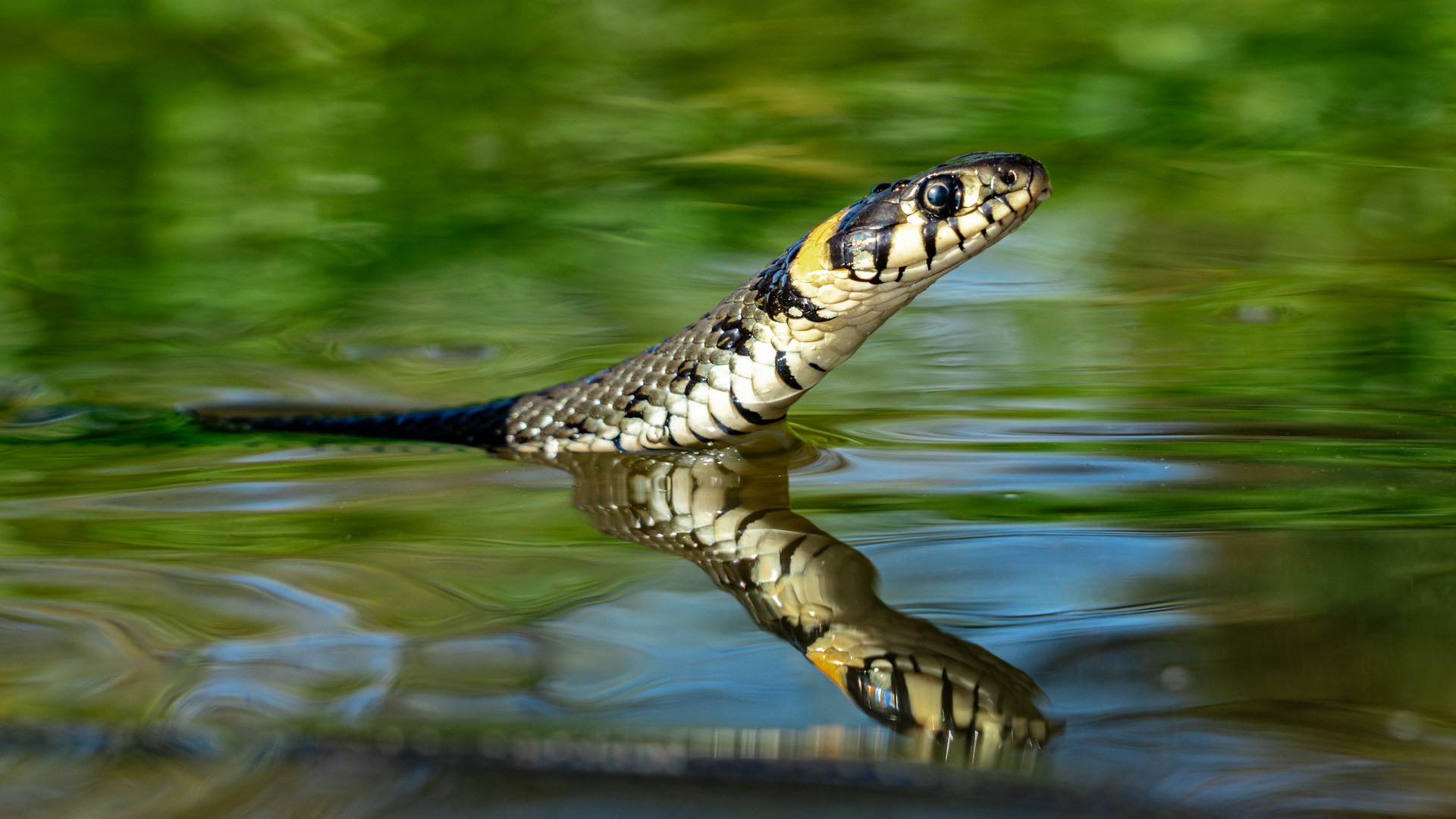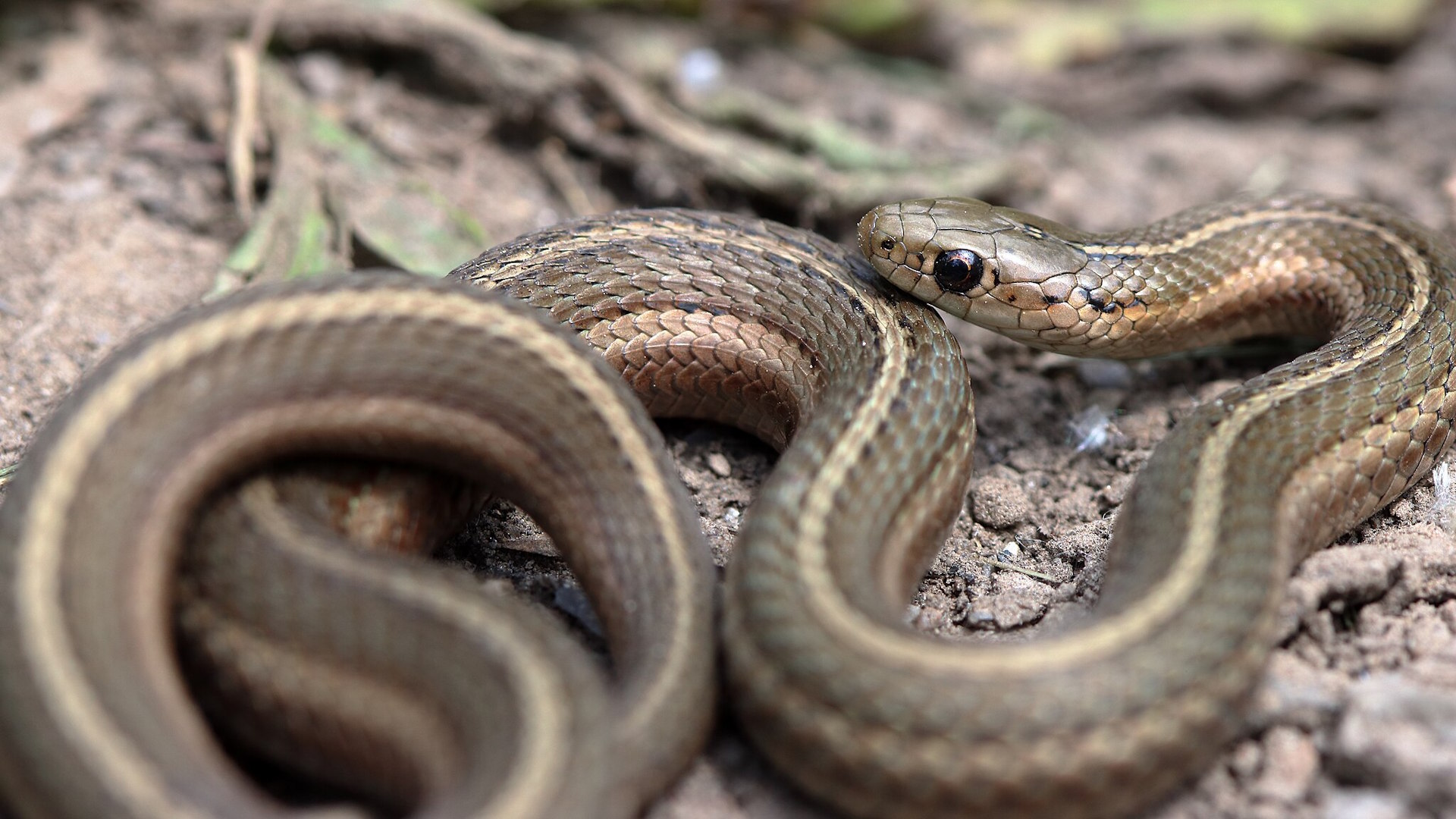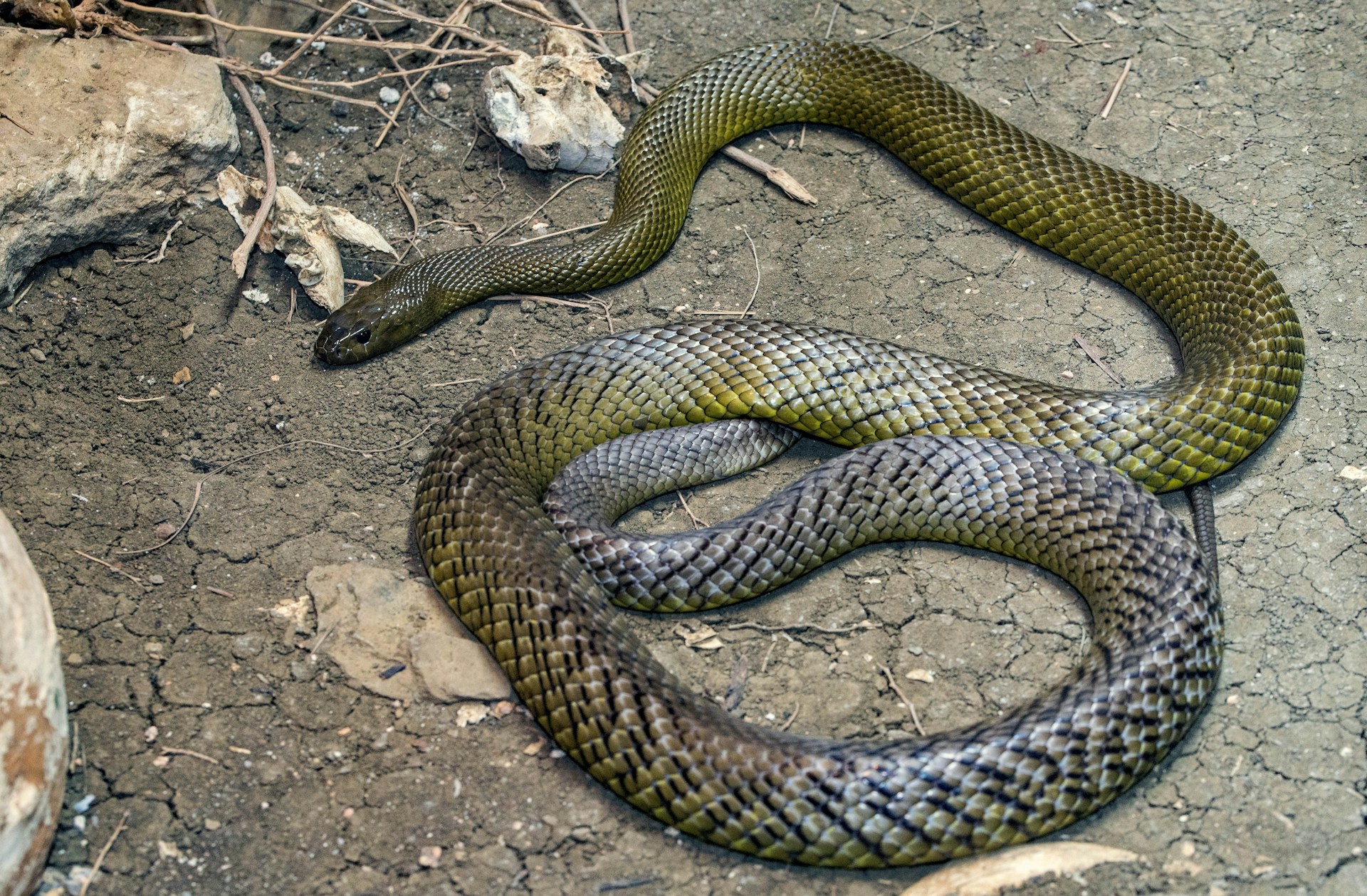In the shadowy corners of our planet’s diverse ecosystems, certain serpents move with an air of enigma that captivates both scientists and nature enthusiasts alike. While venomous snakes often steal the spotlight with their deadly capabilities, the non-venomous realm harbors some of the most perplexing and fascinating species in the reptilian world. These mysterious serpents have evolved remarkable adaptations, unusual behaviors, and in some cases, remain so elusive that significant aspects of their biology remain unknown to science. From cryptic underground dwellers to masters of disguise and species only recently discovered, these non-venomous snakes challenge our understanding of reptilian life and remind us how much of nature’s diversity remains unexplored. Join us as we slither into the secretive world of these beguiling creatures whose mysteries continue to confound even the most dedicated herpetologists.
The Elusive Calabar Burrowing Python
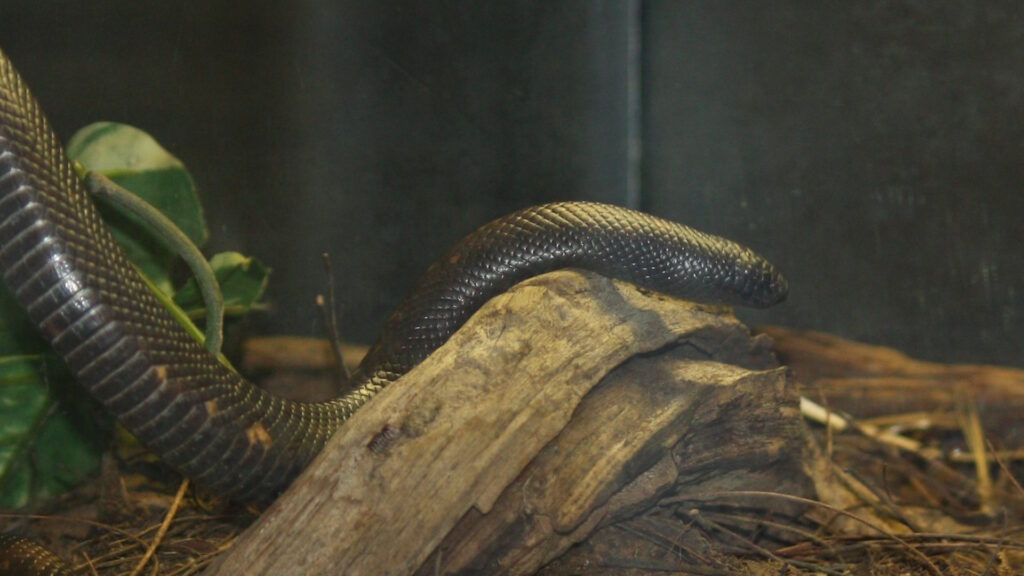
Hidden beneath the leaf litter of West and Central African forests lives one of the most unusual and mysterious serpents on Earth—the Calabar Burrowing Python (Calabaria reinhardtii). Despite its name, this snake isn’t actually a true python but belongs to its own distinct family, representing a fascinating case of convergent evolution. With a cylindrical body and smooth, glossy scales, this secretive serpent spends most of its life underground, emerging primarily at night to hunt small mammals. Perhaps its most perplexing feature is its defensive behavior—when threatened, the Calabar tucks its head under its coils and raises its tail, which remarkably resembles a head, complete with patterns that mimic eyes. This remarkable mimicry confuses predators, directing attacks toward the more protected posterior end of the snake while the actual head remains safely concealed.
The Ghost-Like Brahminy Blind Snake
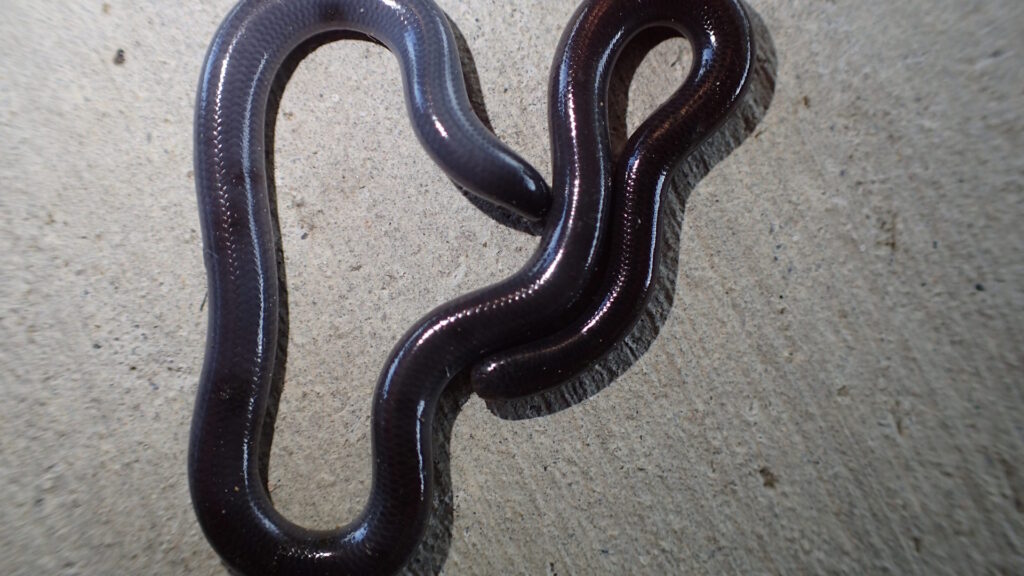
Measuring merely the width of a spaghetti noodle, the Brahminy Blind Snake (Indotyphlops braminus) represents one of the world’s most widespread yet least observed serpents. This tiny snake, rarely exceeding 7 inches in length, possesses reduced eyes covered by scales, giving it a nearly blind existence as it navigates through soil using specialized sensory organs. What makes this species particularly mysterious is its reproductive biology—it’s the only known obligately parthenogenetic snake, meaning populations consist entirely of females that reproduce without mating. This extraordinary reproductive strategy has allowed the species to colonize areas worldwide, often transported inadvertently in potted plants, earning it the nickname “flowerpot snake.” Despite its global presence, many aspects of this snake’s ecology and behavior remain poorly understood, as its subterranean lifestyle keeps it hidden from scientific observation most of the time.
The Shape-Shifting Tentacled Snake
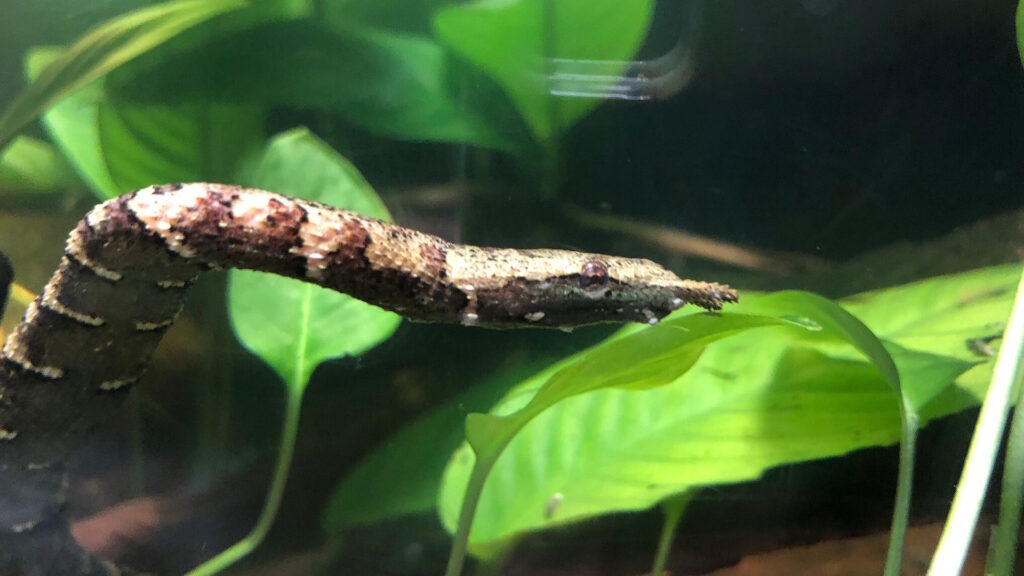
Lurking in the muddy waters of Southeast Asian wetlands, the Tentacled Snake (Erpeton tentaculatum) possesses one of the most bizarre adaptations in the snake world—a pair of tentacle-like sensory appendages extending from its snout. These unique sensory organs, found in no other snake species, are believed to help detect the movements of fish prey in murky waters, though their exact function continues to puzzle researchers. This fully aquatic serpent exhibits another mysterious behavior: it can contort its body into unusual shapes to create hydraulic disturbances that actually manipulate fish into swimming toward the snake’s mouth rather than away from danger. High-speed photography has revealed that the snake’s strike is among the fastest in nature, yet the tentacled snake often doesn’t actually move toward its prey—instead, it positions itself in advance and predicts where the fish will flee. This remarkable predictive ability makes it among the most specialized and enigmatic predators in the animal kingdom.
The Cryptic Sunbeam Snake
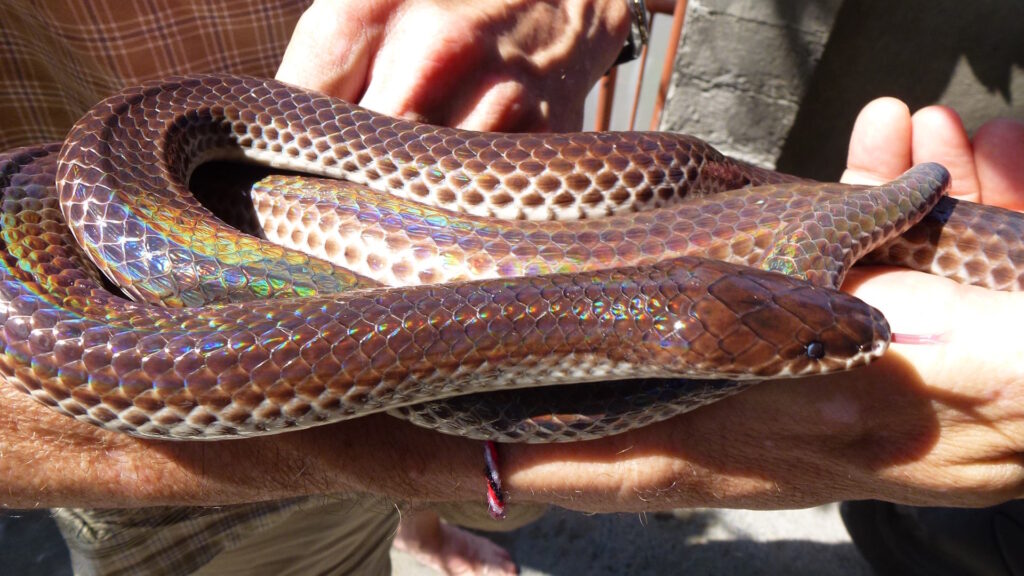
With scales that reflect light in a kaleidoscope of iridescent colors, the Sunbeam Snake (Xenopeltis unicolor) appears as though it’s constantly changing colors as it moves. This secretive Southeast Asian serpent spends most of its life beneath the soil, emerging primarily after heavy rains when the ground becomes too saturated. Despite its spectacular appearance, the biology of this snake remains shrouded in mystery due to its highly fossorial (burrowing) lifestyle. The Sunbeam Snake possesses unique skull adaptations that allow it to burrow efficiently through compact soil, but scientists have had limited opportunities to study its natural behavior in the wild. Perhaps most intriguing is the purpose of its iridescent scales—unlike many colorful animals that use bright patterns for warning or attraction, the Sunbeam Snake’s spectacular colors are rarely seen in its underground habitat, suggesting the iridescence may serve some as-yet-unknown function related to its subterranean existence.
The Enigmatic Round Island Keel-Scaled Boa
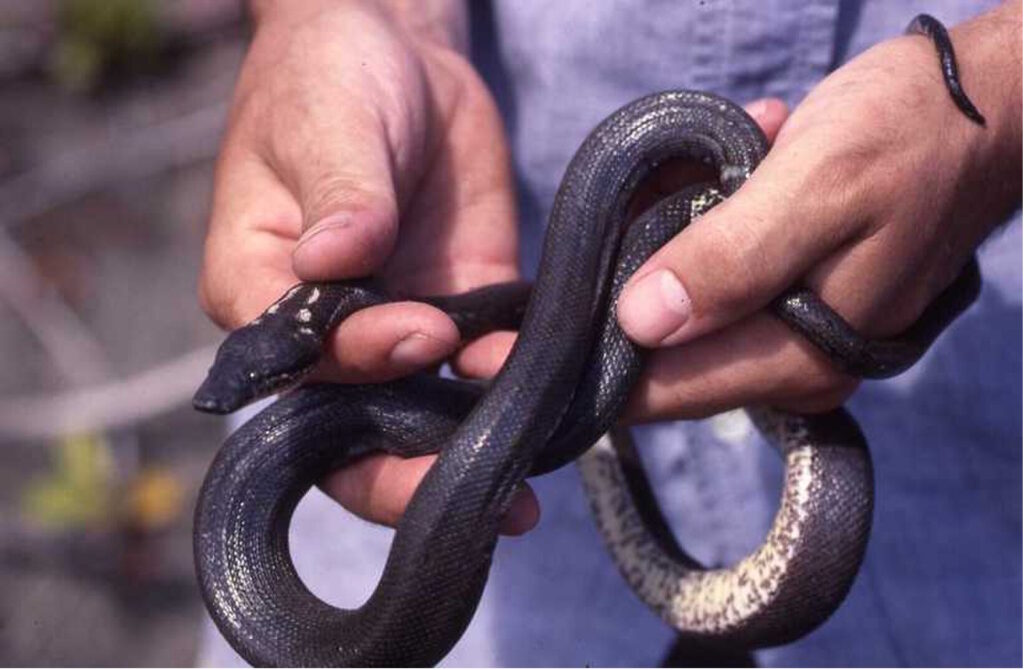
Clinging to existence on a tiny island off the coast of Mauritius, the Round Island Keel-Scaled Boa (Casarea dussumieri) represents one of the rarest and most evolutionarily distinct snakes on the planet. This living fossil belongs to an ancient lineage that diverged from other snakes approximately 40 million years ago, making it a scientific treasure for understanding snake evolution. What makes this snake particularly mysterious is its unusual feeding behavior—it possesses a specialized split jaw that can grasp prey from both sides independently, a feature not found in other living snakes. Researchers remain puzzled by certain aspects of its biology, including how the species survived for so long on such a small island and why it developed such unique anatomical features. With fewer than 500 individuals remaining in the wild, this critically endangered serpent may disappear before scientists can fully unravel its evolutionary secrets.
The Phantom Flying Snake

Perhaps no non-venomous snake inspires more wonder than the Paradise Flying Snake (Chrysopelea paradisi), which performs a feat that seems to defy physics—true gliding flight between trees. Native to Southeast Asian forests, these arboreal serpents can launch themselves from high branches and flatten their bodies into a concave shape that generates lift as they move through the air. The mystery deepens with their extraordinary control during these flights—they make undulating movements mid-air and can even turn to navigate around obstacles. Scientists have used high-speed cameras and computational models to study this remarkable behavior, yet still cannot fully explain how a limbless animal achieves such sophisticated aerial control. Even more perplexing is how this complex gliding ability evolved in the first place, as it requires multiple specialized adaptations working in perfect concert, representing one of the most sophisticated locomotion systems in the reptile world.
The Secretive Barbados Threadsnake
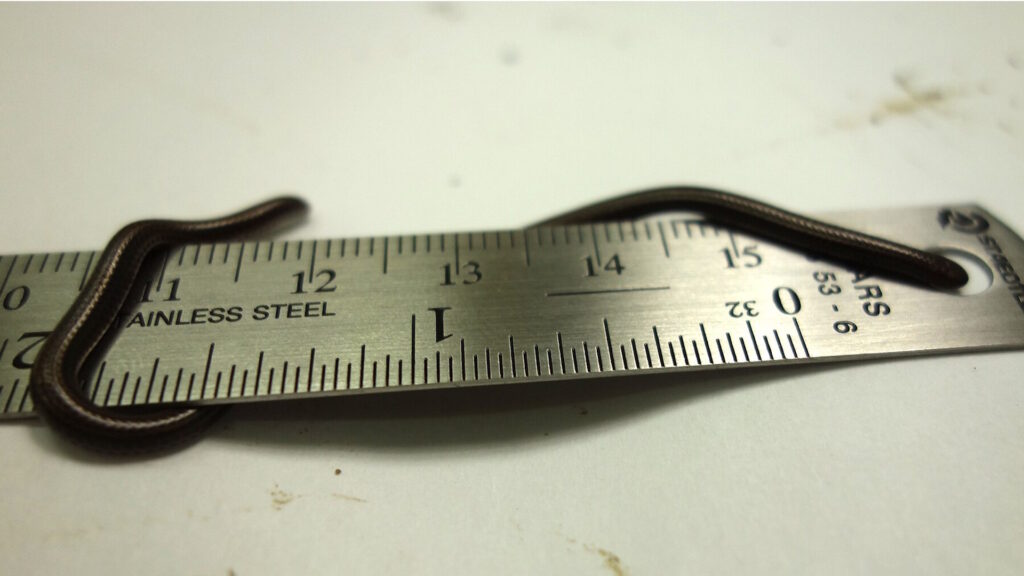
Measuring a mere 10 centimeters and thinner than a spaghetti strand, the Barbados Threadsnake (Tetracheilostoma carlae) holds the title of world’s smallest snake and represents one of herpetology’s most recent discoveries, only formally described in 2008. This diminutive species is so secretive that it remained unknown to science despite living on the heavily populated island of Barbados, highlighting how even in well-explored regions, mysterious serpents can remain hidden. The snake’s extreme miniaturization presents evolutionary biologists with numerous questions about the physiological limits of vertebrate size reduction. Perhaps most puzzling is how this species manages reproduction—the females produce just a single, relatively enormous egg that can occupy up to one-third of the mother’s body volume, representing one of the largest offspring-to-parent size ratios of any vertebrate. Scientists still debate how such a tiny species could evolve and what ecological role it plays in its forest leaf litter habitat.
The Mysterious Rubber Boa

Dwelling in the cooler regions of western North America, the Rubber Boa (Charina bottae) represents one of the most northerly boa species and exhibits several behaviors that continue to perplex herpetologists. This secretive, slow-moving serpent possesses a remarkably docile nature and a body texture reminiscent of rubber, hence its common name. What makes the Rubber Boa particularly enigmatic is its unusual defensive strategy—when threatened, it coils its body around its head for protection while extending its blunt tail, which remarkably resembles its head, to distract potential predators. The species is also mysterious for its tolerance of cold temperatures, remaining active at lower temperatures than most other snakes and sometimes emerging to bask even when snow is still present. Perhaps most puzzling is its apparent maternal behavior—there are reports of female Rubber Boas remaining with their young after birth, a rare behavior in snakes that remains incompletely documented and understood.
The Ghost-Like Keel-Bellied Water Snake
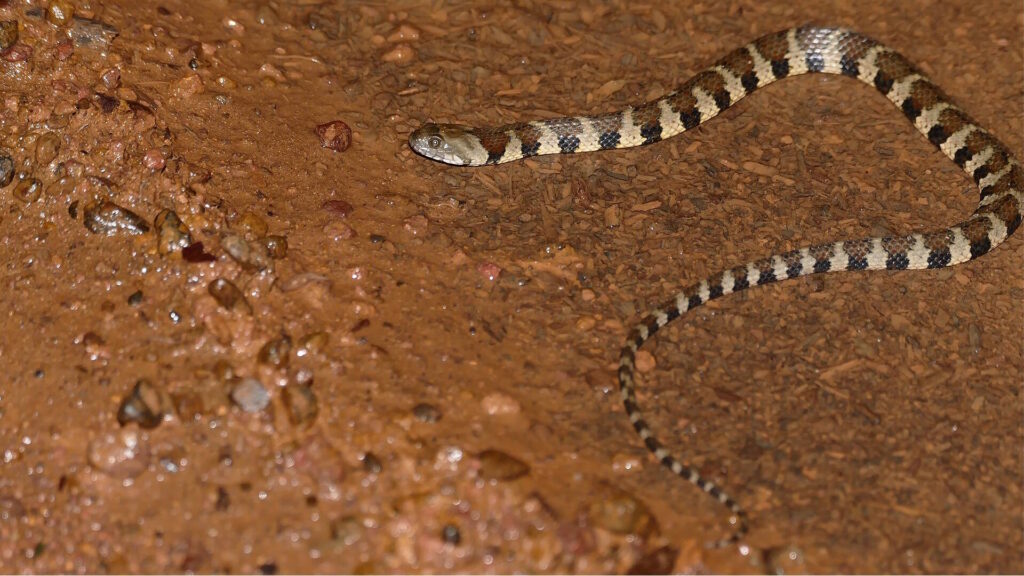
Gliding through the murky waters of Southeast Asian rivers and swamps, the Keel-Bellied Water Snake (Helicops angulatus) possesses one of the most unusual and least-studied adaptations in the snake world. This aquatic serpent has specialized scales along its belly forming pronounced keels that possibly aid in swimming and prevent slippage on wet surfaces, though their exact function remains debated among herpetologists. What truly sets this mysterious snake apart is its remarkable ability to change color—not just over days like many reptiles, but within minutes, shifting between bold patterns and more subdued coloration depending on conditions and stress levels. The rapid color transformation mechanism differs from that of chameleons and remains incompletely understood by researchers. Further adding to its enigmatic nature, this snake can spend extraordinary periods underwater without surfacing, suggesting specialized respiratory adaptations that haven’t been fully investigated due to the species’ secretive nature and challenging habitat.
The Elusive Madagascar Ground Boa
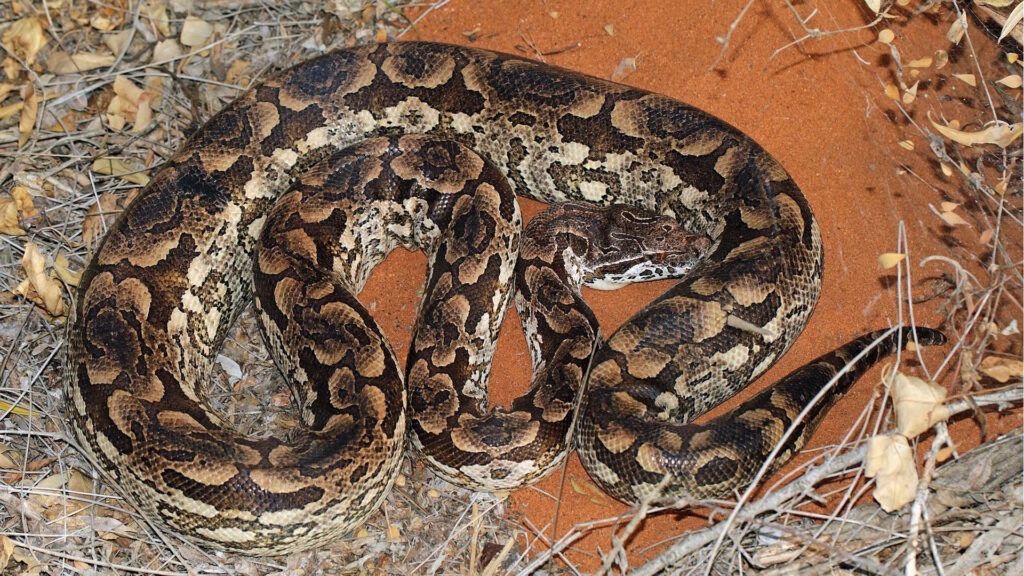
Hidden within the rapidly vanishing forests of Madagascar, the Madagascar Ground Boa (Acrantophis madagascariensis) represents one of the most genetically isolated snake lineages on Earth. This primitive boa has evolved in isolation for millions of years, developing characteristics distinct from its distant mainland relatives. What makes this serpent particularly mysterious is its specialized hunting strategy—unlike most ambush predators that rely primarily on vision, this boa appears to integrate thermal, chemical, and tactile information in ways not fully understood by researchers. The species exhibits another puzzling trait in its reproductive biology—females engage in an unusual form of thermoregulation during pregnancy, actively seeking specific microhabitats with precise temperature profiles that fluctuate throughout gestation. Perhaps most enigmatic is the species’ resilience despite massive habitat loss—the snakes sometimes persist in highly degraded forest fragments, suggesting complex adaptability that researchers haven’t fully explained given the species’ otherwise specialized nature.
The Secretive False Coral Snakes
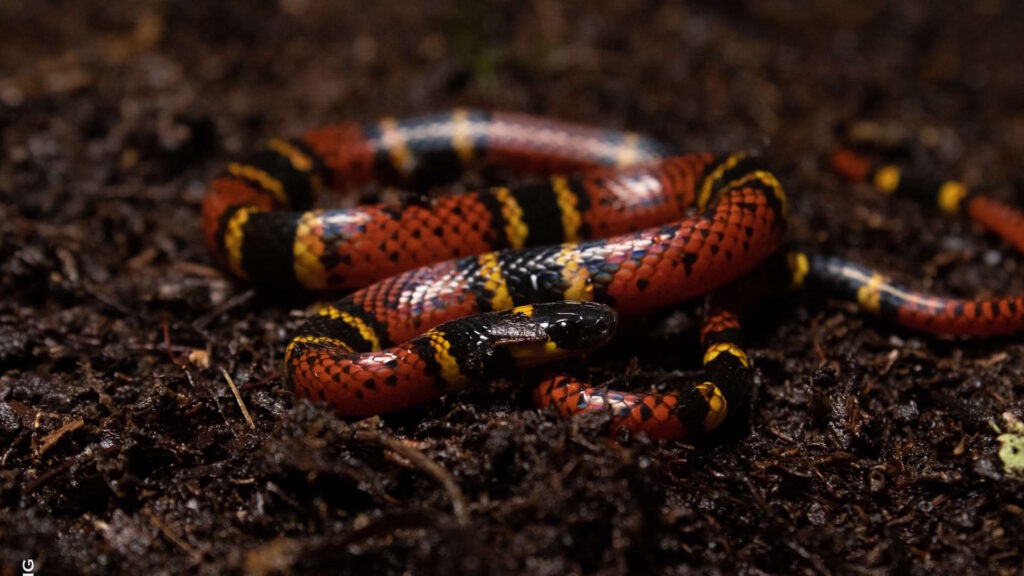
Throughout the tropical Americas, certain harmless snakes have evolved some of the most perfect mimicry systems known to science—False Coral Snakes of various genera that so convincingly resemble their deadly venomous counterparts that even experts must sometimes count scales to tell them apart. The mystery deepens when examining species like the Western False Coral Snake (Lampropeltis triangulum) that mimic venomous coral snakes with striking accuracy, despite living in regions where the venomous models are extremely rare or even absent. This “imperfect mimicry” puzzles evolutionary biologists, as traditional mimicry theory suggests selection should favor only precise mimics when dangerous models are common. Further complicating matters, some populations have maintained their mimetic patterns for thousands of years despite changed ecological conditions that seemingly eliminate the selective advantage. Scientists continue debating whether these persistent patterns represent evolutionary lag, serve unknown functions beyond mimicry, or indicate that occasional rare encounters with venomous models exert stronger selection than previously thought.
The Phantom Blind Snakes of Cuba

Deep within the limestone caves and subterranean passages of Cuba lives one of the most enigmatic serpent groups on Earth—the Cuban blind snakes (Typhlops spp.), some species of which were only discovered in the past decade. These highly specialized burrowers have lost not only their eyesight but also much of their pigmentation, appearing almost translucent and ghost-like in their cave habitats. What makes these snakes particularly mysterious is their extreme specialization for habitats that rarely support snake species, suggesting unique physiological adaptations that remain poorly understood. Scientists have been especially puzzled by how these snakes maintain viable populations in environments with such limited food resources—some species appear to subsist primarily on the eggs and larvae of ants and termites that themselves barely survive in the nutrient-poor cave systems. Most perplexing is evidence suggesting some species may have evolved directly from surface-dwelling ancestors rather than passing through a phase of soil burrowing, challenging conventional understanding of how cave adaptations develop in vertebrates.
The Shape-Shifting Asian Vine Snakes
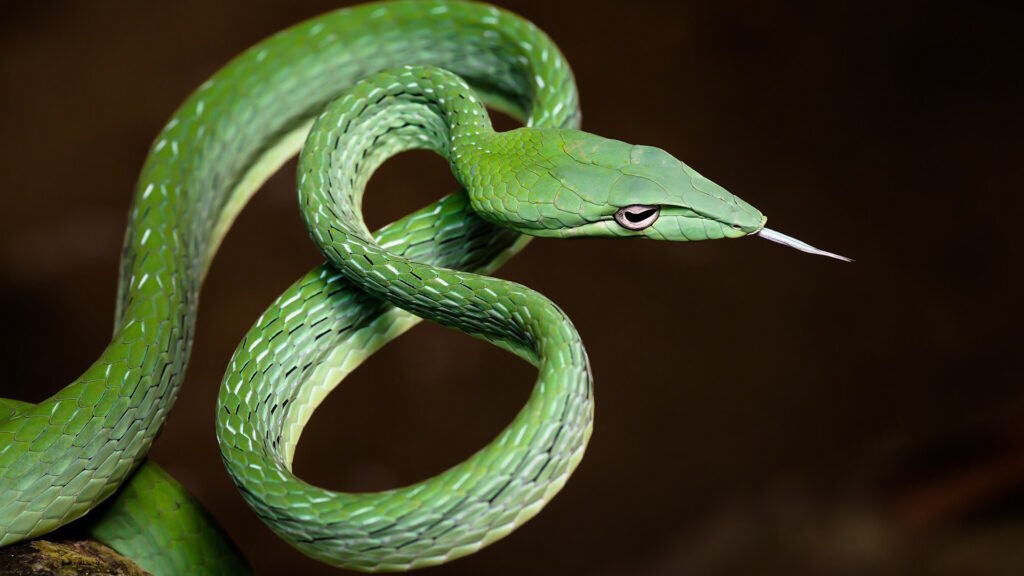
Resembling nothing so much as animated vines swaying in the forest canopy, the Asian Vine Snakes (Ahaetulla spp.) possess some of the most extreme body adaptations in the snake world—bodies so slender they seem barely substantial, with elongated heads culminating in a distinctive pointed snout. These arboreal specialists harbor several mysteries that continue to captivate herpetologists, including their remarkable ability to hold perfectly still in a two-dimensional zigzag position that renders them nearly invisible among vegetation. Perhaps their most perplexing feature is their horizontal, keyhole-shaped pupils—unlike the vertical slits found in many nocturnal snakes, these specialized eyes provide enhanced depth perception critical for judging striking distances in three-dimensional arboreal environments. The vine snakes exhibit another unusual trait that remains incompletely understood—they appear capable of directing their venom flow, delivering either a defensive dry bite to potential threats or a full envenomation when hunting prey, a level of control few other rear-fanged snakes seem to possess.
The Mysterious Aquatic File Snakes

In the coastal waters and mangrove swamps of Australia and Southeast Asia swim some of the most peculiar non-venomous snakes on Earth—the file snakes (Acrochordus spp.), named for their loose, baggy skin covered in tiny, rough scales that resemble the surface of a carpenter’s file. These fully aquatic serpents have evolved independently from sea snakes and represent one of the most specialized non-venomous aquatic adaptations in the reptile world. What makes file snakes particularly mysterious is their unusually sedentary lifestyle—they can remain motionless underwater for extraordinary periods, sometimes staying in the same square meter of habitat for weeks, a behavior that contradicts the active foraging pattern seen in most aquatic predators. Scientists remain puzzled by their incredibly slow metabolism—file snakes have one of the lowest energetic requirements of any vertebrate, capable of surviving on just a few meals per year, yet the physiological mechanisms behind this extreme energy conservation remain poorly understood. Perhaps most baffling is their reproductive strategy—females produce live young after extraordinarily long pregnancies lasting up to nine months, yet somehow maintain these developing embryos while consuming minimal food in oxygen-poor waters.
Conclusion

The world of non-venomous snakes contains marvels of adaptation and specialization that rival their more infamous venomous counterparts. From the shape-shifting capabilities of vine snakes to the subterranean mysteries of blind snake species, these serpents demonstrate nature’s endless capacity for innovation. Many of these enigmatic species remain poorly studied, with aspects of their biology known only through occasional observations or limited research. As deforestation, habitat fragmentation, and climate change threaten these remarkable creatures, the urgency to understand their unique adaptations grows. These mysterious serpents not only represent fascinating evolutionary stories but also hold potential insights for fields ranging from biomechanics to medicine. In protecting these secretive species and unraveling their mysteries, we preserve not just biodiversity but also windows into evolutionary processes that have shaped life on our planet for millions of years.

